- Home
- Articles
- Architectural Portfolio
- Architectral Presentation
- Inspirational Stories
- Architecture News
- Visualization
- BIM Industry
- Facade Design
- Parametric Design
- Career
- Landscape Architecture
- Construction
- Artificial Intelligence
- Sketching
- Design Softwares
- Diagrams
- Writing
- Architectural Tips
- Sustainability
- Courses
- Concept
- Technology
- History & Heritage
- Future of Architecture
- Guides & How-To
- Art & Culture
- Projects
- Interior Design
- Competitions
- Jobs
- Store
- Tools
- More
- Home
- Articles
- Architectural Portfolio
- Architectral Presentation
- Inspirational Stories
- Architecture News
- Visualization
- BIM Industry
- Facade Design
- Parametric Design
- Career
- Landscape Architecture
- Construction
- Artificial Intelligence
- Sketching
- Design Softwares
- Diagrams
- Writing
- Architectural Tips
- Sustainability
- Courses
- Concept
- Technology
- History & Heritage
- Future of Architecture
- Guides & How-To
- Art & Culture
- Projects
- Interior Design
- Competitions
- Jobs
- Store
- Tools
- More

Do you ever wonder how mother nature works ? Biomimicry is searching for this question. As far as I am concerned, in a sort of way, it imitates the way nature does. Thus we can use these methods in our design world. Speaking of it, it’s used everywhere ; buildings, vehicles, materials etc…
Imagine the cellular tissue. You remember what is look like, however the thing I want you to think about is parametric design.
Parametric design is a process based on algorithmic thinking that enables the expression of parameters and rules that, together, define, encode and clarify the relationship between design intent and design response, wikipedia says. Let’s see the products we get below.


This example that I have mentioned at first, benefits from the advantage of visuality side of biomimicry we can say. Except that, it is possible to see other approaches that are using it in a different way, like learning from termites.
In Harare, Zimbabwe, an office complex, Eastgate Building has an internal climate control system inspired by the structure of termite mounds.
Termites are not successful for creating some of the most elaborate ventilation systems for cooling on the planet. Even in some of hottest places, these termite mounds remain exceptionally cool inside. Using a network of air pockets, the mounds create a natural ventilation system.
By inspired by mounds, the office complex uses %10 less energy than a traditional air-conditioned facility.

At last but not least, I want to take you to Ottoman Empire times. Let’s think of Hezarfen Ahmet Celebi (1609-1640), an inhabitant of Istanbul in the 17th century Ottoman Empire is credited with the first appropriate flight with artificial wings in the history of aviation. At the beginning of his dream, he was curious about how birds use their wings and how they work. He has spent years studying them, documenting his studies with a millions of drawings and calculations. Then, he designed a fly – suit just as wings and with these wings he flew from Galata Tower and crossed the Bosphorus. In addition to that, he is world’s first Turkish scholar who is able to fly.
When the things get stuck or you can’t find a solution for your project’s problems, I suggest you to simplify complex. Focus into basic, focus into nature. How animals act, how their body works and why something is just the way it is, not different ? Be closely acquainted with biomimicry.
Submit your architectural projects
Follow these steps for submission your project. Submission FormLatest Posts
Exterior & Interior Remodeling Tips Every Homeowner Should Consider
Home upgrades reshape comfort, improve function, and strengthen long-term property value. Whether...
Top 8 Luxury Vacation Rentals Features Guests Love Most
A luxury vacation rental offers an entirely different experience than a typical...
Why Local Expertise Matters: Choosing the Right Plumbers in Townsville
Why Local Expertise Matters: Choosing the Right Plumbers in Townsville When it...
Bathroom Remodel ROI: How to Add $15–30K to Your Home Value in 2025-2026
Outdated bathrooms can drag a listing 20-30% longer on the market. Buyers...


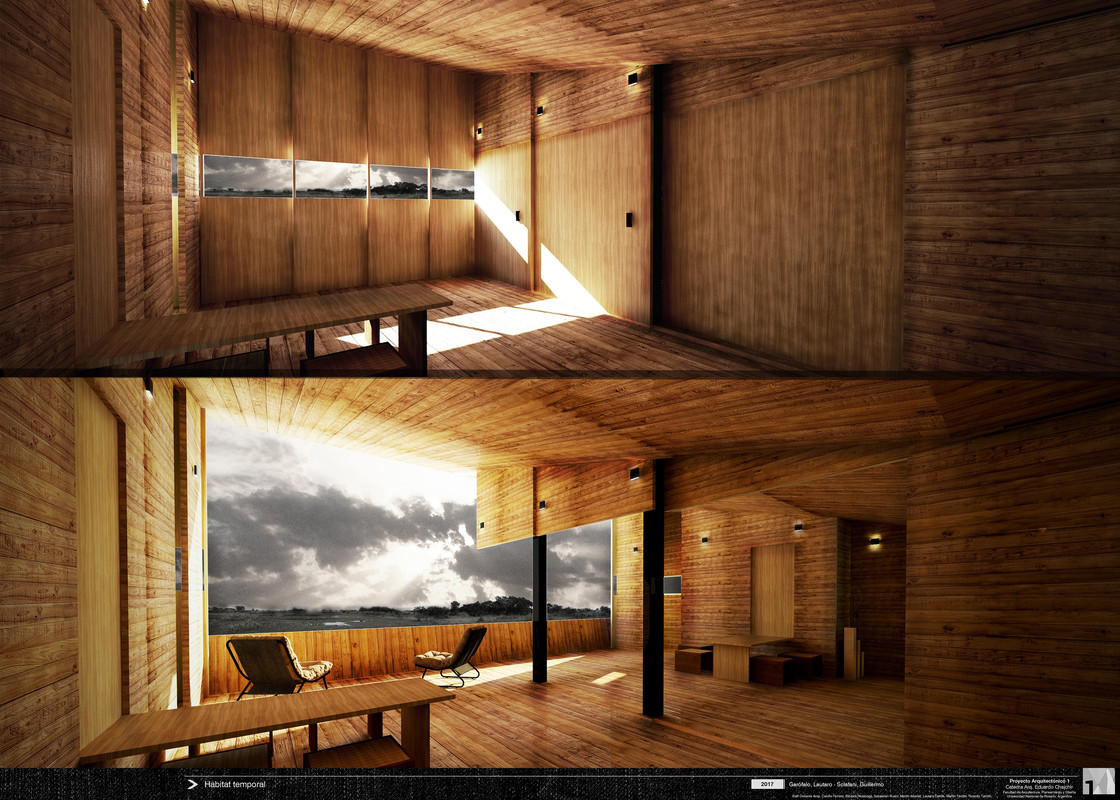


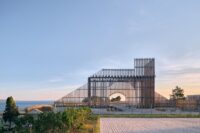

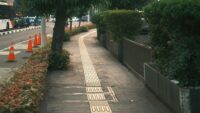
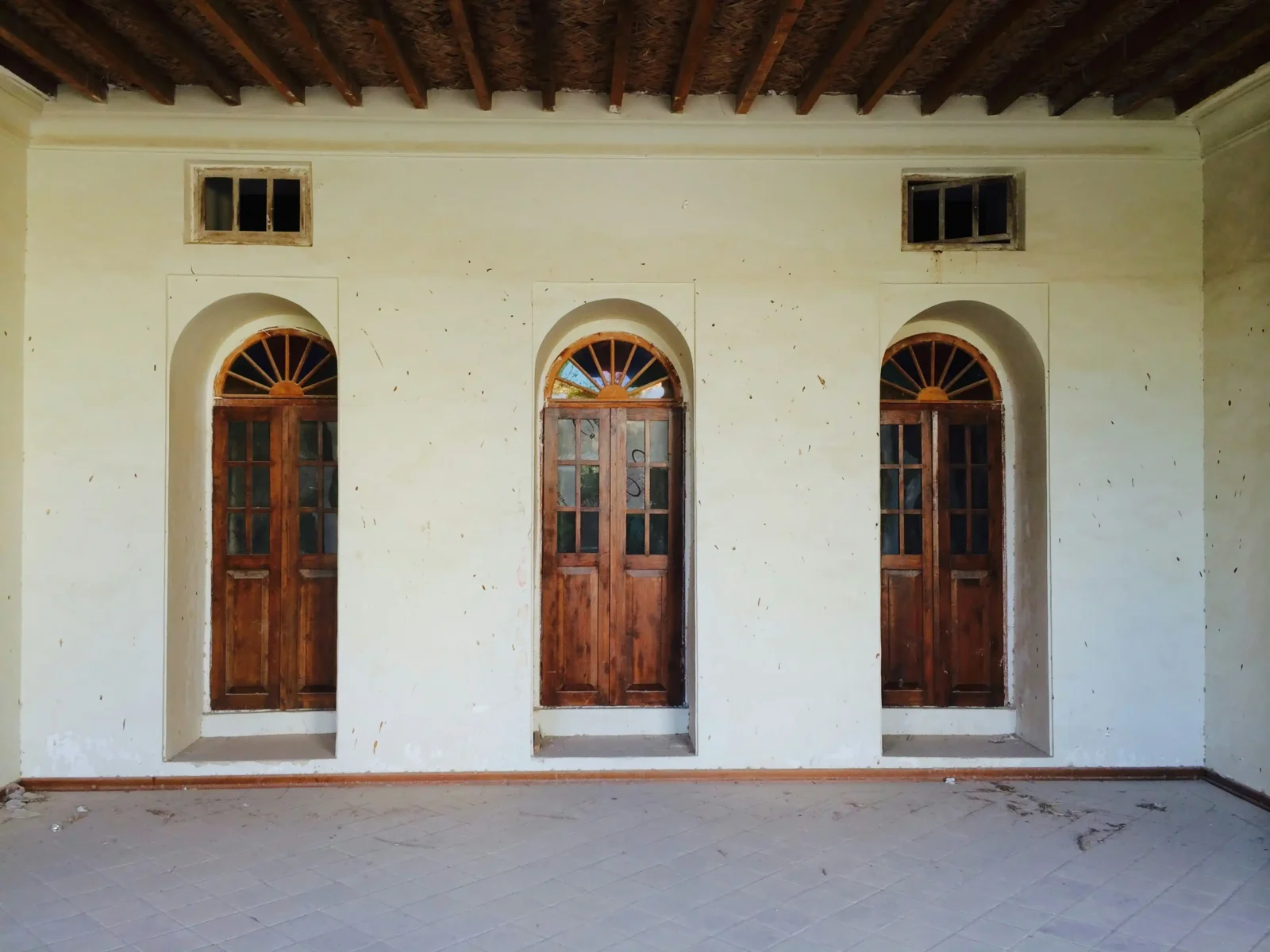
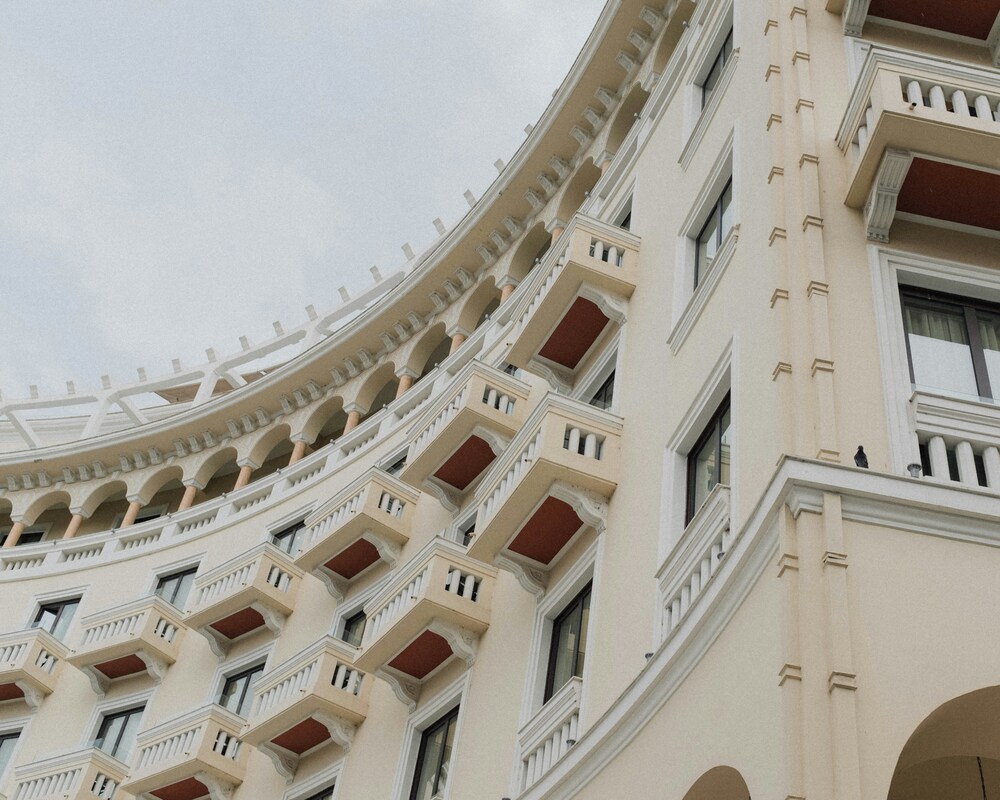


Leave a comment